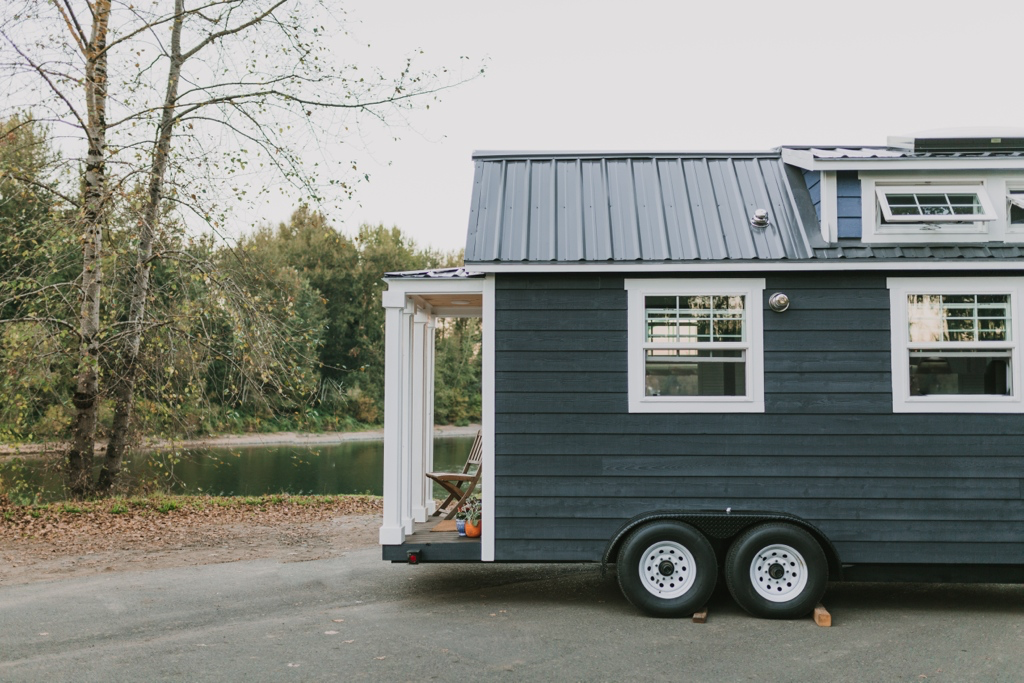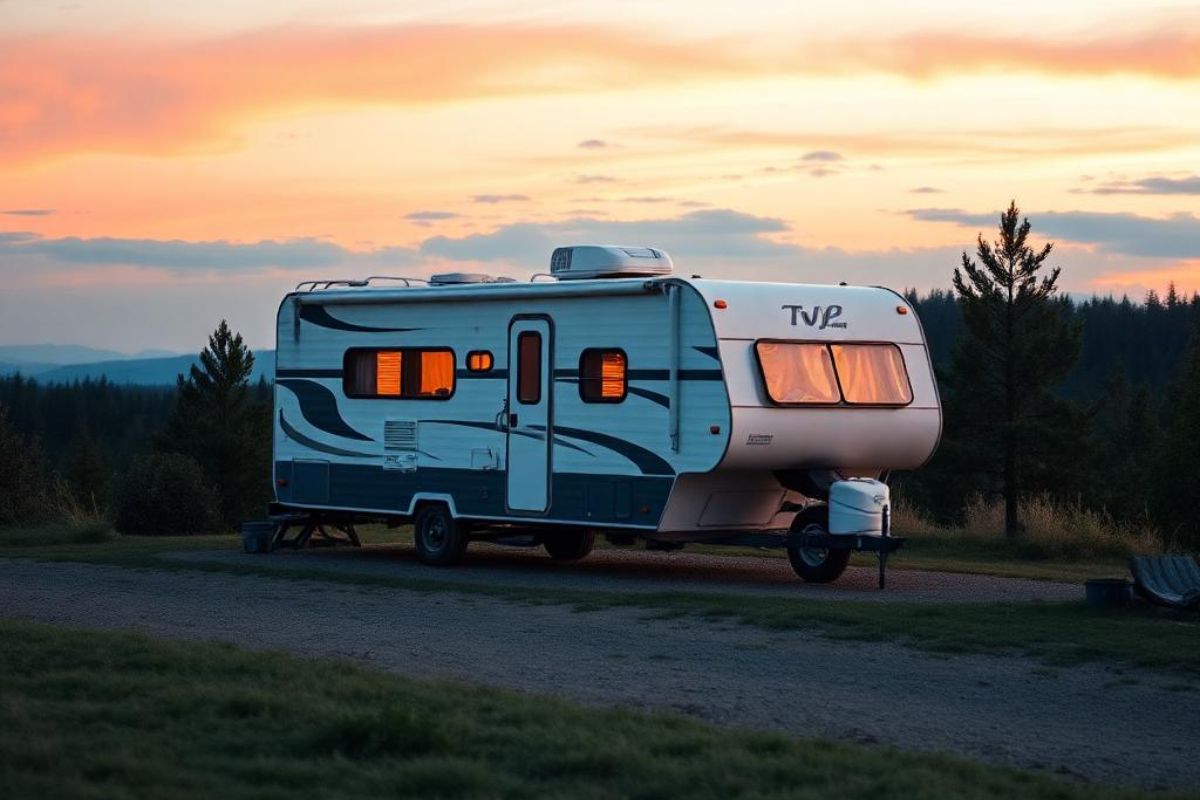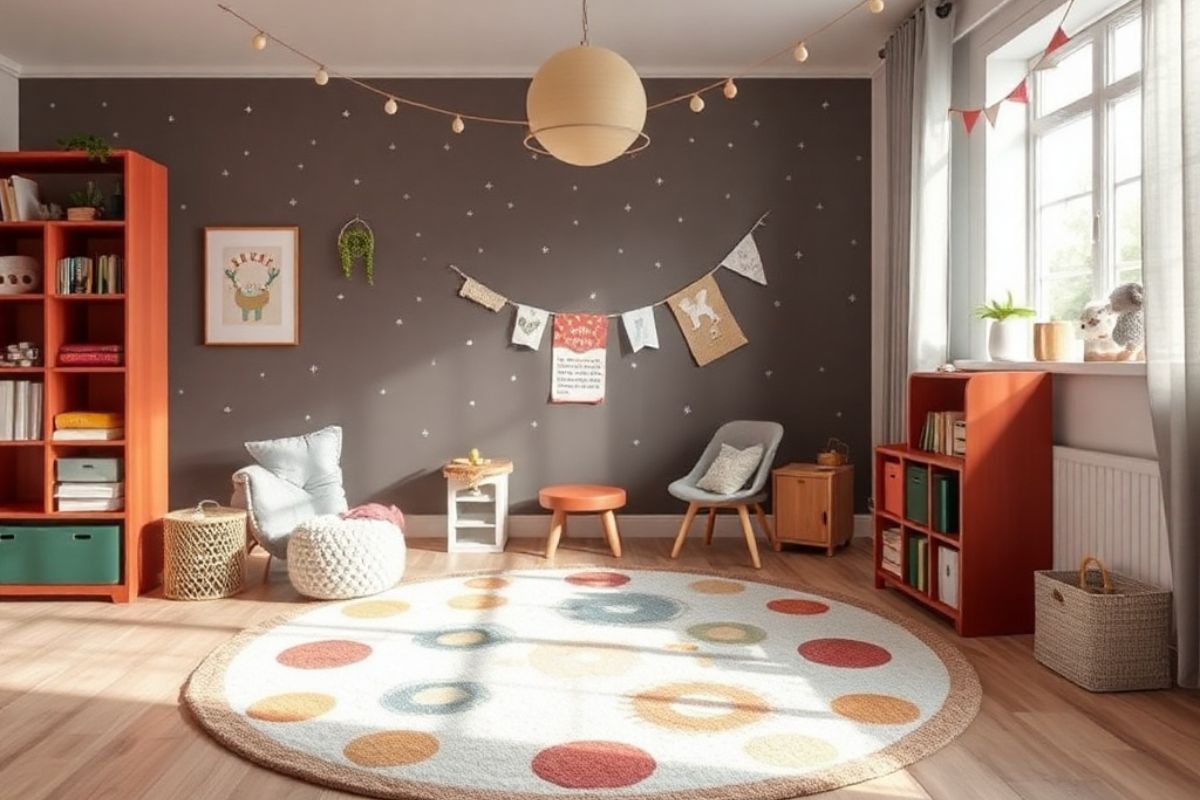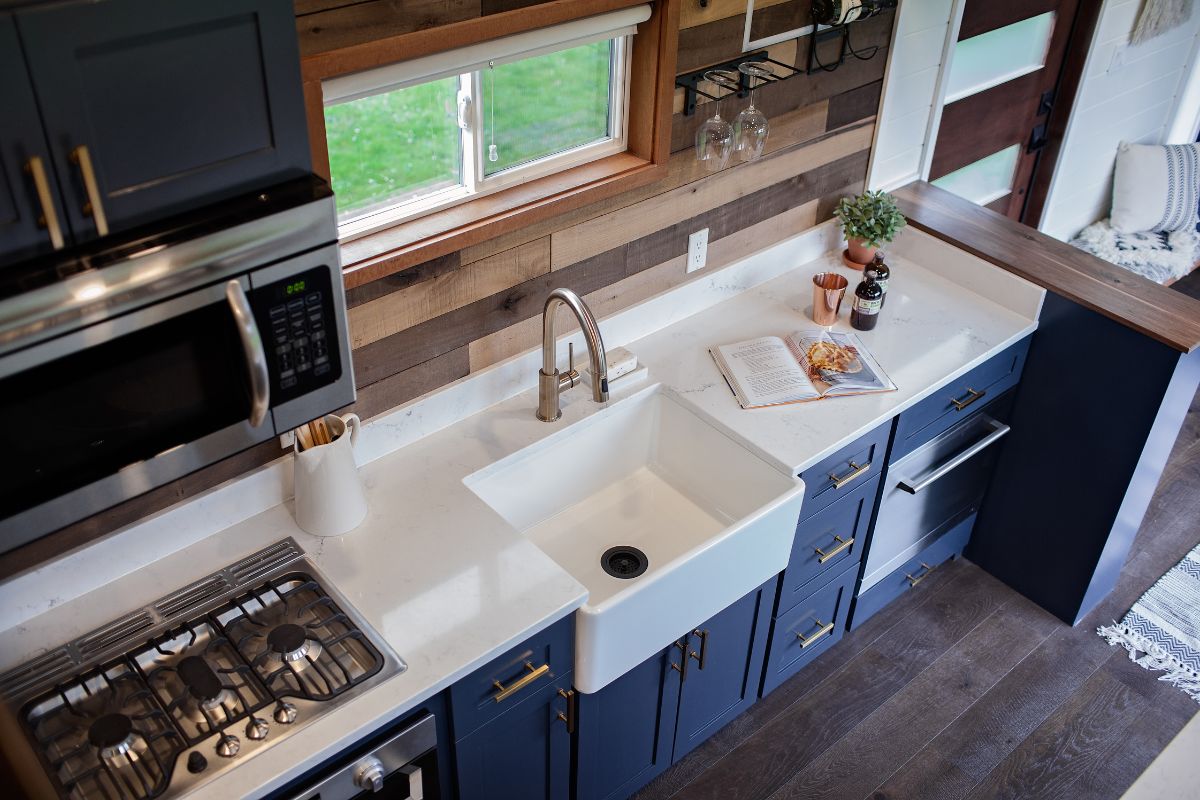You’ve made the leap. You’re chasing the dream of a simpler, more intentional life and you’re ready for your tiny house adventure. Freedom, savings, that cozy feel — it all sounds amazing. But before you start living your minimalist fantasy, there’s one big challenge left: moving day.
Moving into a tiny home isn’t just a shrunken-down move. It’s a totally different game, with its own rules and curveballs. If you don’t plan ahead, all that excitement can quickly turn into one big headache.
A smooth, low-stress move sets you up for a happy life in your compact new space. It’s not just about getting your things from one place to another. You want to protect your stuff, watch your spending, and settle in without losing your mind.
Let’s break down the common mistakes people make — so you can dodge them and move in like a pro.
Underestimating the Sheer Size and Weight of Your Tiny House
Funny how it sounds, right? People often underestimate the size of a tiny house. But here’s the truth: even though it’s much smaller than a traditional home, a tiny house is still a big, heavy structure that needs careful moving. Many first-timers get lost in design plans and downsizing. They forget just how tricky the actual move can be.
A huge mistake? Not knowing your home’s exact size and weight. You can’t just guess here. These numbers matter. They decide what kind of truck or trailer you’ll need. Use the wrong vehicle, and you’re asking for trouble. You could blow a transmission miles from help, or end up fishtailing down the highway.
Every state has different rules for oversized loads. Your tiny house might be too wide, too tall, or too heavy for standard limits. That means you’ll need special permits to move it legally. Imagine police stopping you and halting your entire move over missing paperwork. It’s expensive and stressful — and totally avoidable.
Get a certified weight slip and measure every part of your tiny house. Do it twice before you plan anything else.

Skipping Professionals with Actual Tiny Home Experience
When it's time to hire help, you might think any moving company can handle the job. It's tempting to think any moving company will do, but that's a big mistake. Your average movers are pros at packing boxes and hauling furniture. However, they almost never have the right skills to move an entire house on wheels. They won't know how to balance the weight correctly, secure your home to the trailer, or take tight turns without damaging the outside of your house.
This is where specialized movers come in. Think of it like this: you wouldn't hire a plumber to fix your car's engine, right? Both are skilled trades, but they require different expertise. Professionals who specialize in tiny homes understand the nuances. They know the questions to ask, the equipment to use, and the regulations to follow.
For instance, if you were relocating within Massachusetts, finding experienced movers Quincy who have a track record with compact homes would be a game-changer, ensuring your home is handled by people who know exactly what they're doing. Hiring experts isn’t an extra cost; it's an investment in peace of mind and the protection of your most valuable asset.

Packing Like You Still Have a 2,000-Square-Foot House
You've spent weeks, maybe months, decluttering. But now it's time to pack what's left, and old habits can die hard. Trying to use giant cardboard boxes and throwing everything in randomly is a recipe for chaos in a tiny space. When you arrive, you won't have the luxury of a spare room or a big garage to sort through mountains of boxes. Every square inch counts, and poor packing will make unpacking feel like an impossible puzzle.
The real mistake here is not thinking vertically and compactly. You need to protect your fragile items not just from bumps on the road, but from the reality of living in close quarters. Instead of flimsy boxes, invest in sturdy, stackable containers.
Use plenty of padding, like bubble wrap and packing paper, but also consider using your own linens and towels to cushion dishes and glassware — it’s a classic space-saving hack. Use straps and dividers to keep things from shifting, both during the move and once they're stored in your tiny home's clever storage spots.
Your future self will thank you when you can find your coffee mugs on the first morning without having to excavate a mountain of stuff.
Forgetting to Downsize — Until It’s Way Too Late
Procrastination is human, but when it comes to downsizing for a tiny home, it's a critical error. Many people think they can sort through their belongings as they pack or even after they move. This is a huge mistake. Overpacking complicates the move itself, adding unnecessary weight and taking up precious space in the moving truck. More importantly, it defeats the entire purpose of tiny living.

Arriving at your beautiful, minimalist home with a truck full of things that simply won't fit is a frustrating and overwhelming experience. The emotional challenge of letting go of possessions is real, and it’s a process that needs time. Don't rush it. Weeks before your move, start the sorting process.
Create three piles: keep, donate/sell, and discard. Be ruthless. Ask yourself: Is this item beautiful, useful, or essential? If it doesn't fit into one of those categories, it's time to say goodbye. Creating a "tiny house essentials" list can be a great guide. Focus on what you truly need to live comfortably and happily, not on what you feel obligated to keep.
Overlooking Insurance and Safety Regulations
This mistake can hit your wallet — and your nerves — the hardest. Lots of people think their homeowner’s or auto insurance covers moving a tiny house. Most of the time, it doesn’t. Tiny houses on wheels land in a gray zone. They’re not classic RVs, but they’re not regular homes either.
If you move your tiny house without the right insurance, you’re taking a huge risk. One accident, and you could end up with a damaged home and zero help paying for it.
Before you hit the road, have a frank conversation with your insurance agent. You may need a special trip policy or a specific type of mobile home insurance. Furthermore, every state has its own safety regulations for tiny homes, especially if they are built by the owner rather than a certified manufacturer. These can include requirements for braking systems, signal lights, and how the house is secured to the trailer.
Don’t just assume everything is up to code. Double-check the regulations for your starting point, your destination, and every state you'll pass through. A little bit of research and a few phone calls can save you from a world of legal and financial trouble.
By sidestepping these common blunders, you’re not just ensuring a smoother move. You are setting the tone for your entire tiny living journey. A thoughtful, well-planned transition allows you to start this exciting new chapter feeling calm, in control, and ready to embrace the minimalist lifestyle you’ve been dreaming of. It's about starting off on the right foot, with less stress and more joy, ready to settle into your cozy new home.






Share: